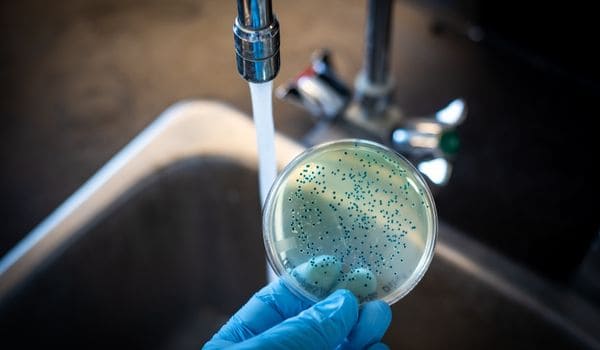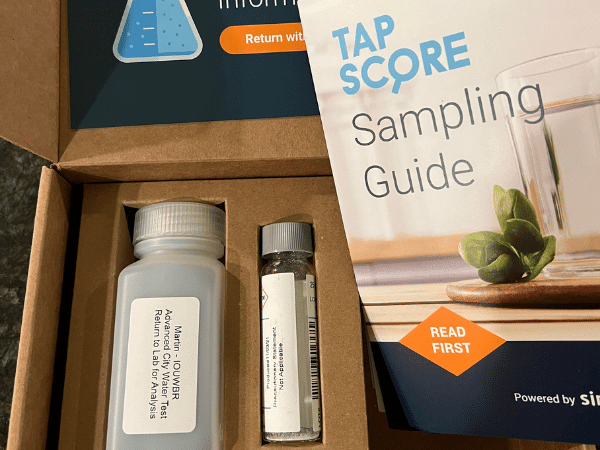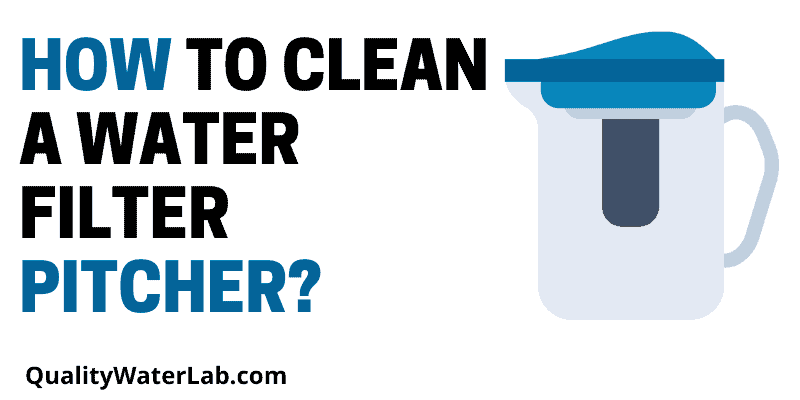Water filter pitchers have been around for decades — and honestly, it’s not hard to see why. They gave people an easy, cheap way to make gross tap water taste better. 👏
Since then, pitchers have come a long way. Some still just fix the basics, like chlorine taste. Others go after way bigger stuff — heavy metals, PFAS, even uranium.
Curious how these simple-looking pitchers actually pull it off — and whether they’re enough to trust with your water?
Let’s get into it. 💧
🧠 Quick Takeaways
- ✅ Most pitchers use multi-stage filters with activated carbon to trap contaminants.
- ✅ They can cut chlorine, heavy metals, sediment — even some PFAS — but results vary a lot by brand and filter type.
- ✅ Expect to swap the filter cartridge every 2–3 months.
- ✅ Pitchers are affordable, portable, and renter-friendly — but not made to kill bacteria.
- ✅ Important: If your tap water has serious contamination (like bacteria or parasites), you’ll need stronger protection (think boiling, UV, or RO systems).
🛠️ How Do They Actually Work?

At their core, filter pitchers are pretty simple — and that’s what makes them so great.
You pour tap water into the top reservoir, and gravity pulls it down through a small filter cartridge. Inside that cartridge? Usually some combination of:
- Granular activated carbon (GAC): Grabs onto chemicals like chlorine that mess with taste and smell.
- Ion exchange resins: Swap out heavy metals like lead for harmless minerals.
- Sediment traps: Catch dirt, sand, and other gunk floating around.
The clean water drips into the bottom chamber — ready to drink. 🚰
Some newer pitchers pack in extra tech like fluoride filters, alkalizing minerals, or even microfiltration membranes that can catch tiny stuff like parasites and microplastics.
💬 Good to Know: Pitchers aren’t “one size fits all.” The type of filter inside matters a lot for what they actually remove from your water.
☣️ What Contaminants Do They Remove?

Not all pitchers are built the same — it all comes down to what’s inside that little filter cartridge.
🧹 Basic models (like entry-level Brita and PUR pitchers) mostly tackle:
- Chlorine (for taste/smell)
- Some sediment (like dirt and sand)
🔬 Higher-end pitchers can handle much more, depending on the filter media they use:
| 💧 Contaminant | 🛠️ How It’s Removed |
|---|---|
| Chlorine, chloramine, VOCs | Granular activated carbon (GAC) |
| Lead, mercury, cadmium | Ion exchange resins |
| PFAS (forever chemicals) | Specialized activated carbon |
| Fluoride, arsenic | Activated alumina (in select models) |
| Microplastics, parasites | Microfiltration layers |
Some advanced pitchers (like Clearly Filtered) even tackle heavy hitters like uranium, pesticides, and pharmaceutical residues. 🚀
💬 Good to Know: If your main concern is serious contaminants (like lead or PFAS), a basic Brita isn’t going to cut it. Look for models with independent test data — not just “improves taste” claims.
🧪 Why Testing Your Water Matters

Quick answer?
✅ You can’t tell if your tap water has dangerous contaminants — like lead or PFAS — just by tasting or smelling it. Some of the worst stuff is totally invisible.
That’s why smart filtration starts with knowing what’s actually in your water.
If you’re just guessing, you might waste money on a pitcher that almost solves the problem — or one that overkills and costs way too much.
Here’s what I recommend:
- ✅ Start with a water test. It’s the only way to know if you need a basic carbon filter (for chlorine taste) — or a more advanced system that tackles heavy metals, fluoride, or PFAS.
- ✅ Pro Tip: We recommend SimpleLab’s Tap Score water testing service — it’s affordable, easy to use, and gives you a full breakdown of your tap water quality.
- ✅ Save Money Long-Term: Once you know what’s in your water, you can choose the right pitcher without overspending on fancy filters you don’t need.
💬 Good to Know: Water quality can change seasonally — especially if you’re on a well or live near farms or industrial zones. Testing once a year is a smart habit.
💧 Benefits

Water filter pitchers aren’t perfect — but when you pick the right one, they’re one of the easiest and most affordable ways to get cleaner, better-tasting water without a lot of hassle.
Here’s a quick breakdown:
| Benefit | Why It Matters |
|---|---|
| 🏠 Affordable | Great for renters, dorms, or anyone who doesn’t want to install full-house systems. |
| 🌎 Eco-Friendly | Reduces your need for single-use plastic bottles — way better for the planet. |
| 🔧 Easy Setup | No plumbing, no tools — just fill and pour. Anyone can use one. |
| 🚰 Targeted Filtration | Good pitchers (like Clearly Filtered or Brita Elite) reduce specific contaminants like chlorine, lead, or even some PFAS. |
| 🚗 Portable | Perfect for road trips, RVs, dorm rooms, or backup during emergencies. |
| 🧹 Easy Maintenance | Most filters pop in and out in seconds — and indicators remind you when it’s time for a change. |
✅ Pro Tip: If you’re looking for stronger filtration options — especially for bigger households — check out our under-sink water filter guide.
💬 Good to Know: Pitchers are ideal for treated city tap water. If you’re dealing with well water, a more robust system is a smarter move.
🧽 Cleaning and Maintaining

Taking care of your pitcher isn’t complicated — but a little regular maintenance makes a big difference for water quality (and how long your pitcher lasts).
Here’s the breakdown:
| Task | How Often | Why It Matters |
|---|---|---|
| 🧹 Wash the Pitcher | Every 1–2 weeks | Prevents mold, mildew, and slimy buildup — especially around seals and spouts. |
| 🔄 Replace Filters | Every 2–6 months | Old filters lose effectiveness over time — and could start releasing trapped contaminants back into the water. |
| 💧 Flush New Filters | Every time you replace | Removes any loose carbon dust or manufacturing residue before use. |
| 🔎 Inspect Seals & Gaskets | Monthly | Cracked or dirty seals can lead to leaks or contamination. |
✅ Pro Tip: Always use cold or lukewarm water when washing — and skip the dishwasher unless your model specifically says it’s safe.
💬 Good to Know: Most pitcher filters — like Brita and Clearly Filtered — use activated carbon media to trap contaminants. Curious how it works?
👉 Learn more about activated carbon water filters here.
🧼 Final Thoughts
If you want an easy, affordable way to level up your tap water — a good water filter pitcher is hard to beat. 💧
- ✅ They’re simple to use, low-maintenance, and can remove a surprising amount of contaminants depending on the model.
- ✅ They’re also an eco-friendly swap for bottled water — saving you money and cutting down on plastic waste.
- ✅ Just remember: not all pitchers are built the same. If you need protection beyond taste and odor (like removing lead, microplastics, or PFAS), make sure you’re choosing a pitcher that’s tested for real contaminant removal — not just flavor improvement.
💬 Good to Know: If you’re wondering whether a water filter pitcher is the right fit for your home, check out our full breakdown here:
👉 Are Water Filter Pitchers Worth It?
Bottom line?
A little investment in a quality pitcher today could save you from drinking a lot of questionable stuff tomorrow. 🥂✨
 125 people found this helpful. Was this guide helpful to you?
125 people found this helpful. Was this guide helpful to you? 

